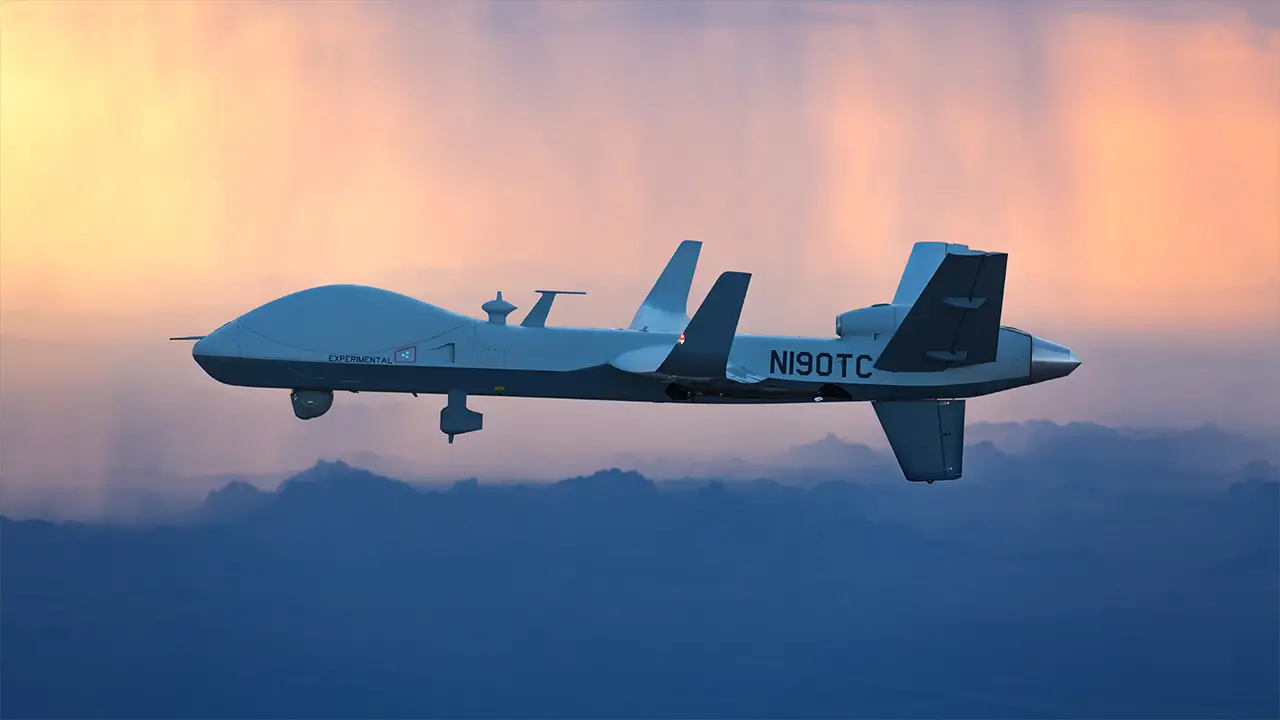General Atomics Aeronautical Systems, Inc. (GA-ASI) is a leading manufacturer of unmanned aircraft and high-resolution surveillance and radar imaging systems. Its Predator series is the only line of unmanned aircraft to exceed 8 million hours of accumulated flight time. GA-ASI is a pioneer in the development of innovative aircraft solutions for military, security, and environmental operations. Maintaining this level of market dominance depends on delivering a stream of innovation – driven by a consistent and reliable stream of engineering data from computational fluid dynamics (CFD), simulations of prototype (and operational) aircraft, informing design decisions, and minimizing operational risk. Gunderson leads a team of 95 engineers, about a third of whom are regular users of CFD. The team uses CFD for external aerodynamics, heat transfer and propulsion design challenges across GA-ASI’s line of unmanned aircraft, from conceptual design to field support and upgrades.
“Our aircraft configurations are getting more complex. The products that we are proposing to customers today are not the same products that we were proposing 10 years ago. Our newest designs are pushing to extremes in the flight envelope. That means that we need more and higher quality data, and we need it earlier – and that increases our CFD simulation needs. The evaluation process was not just about comparing features; it was about understanding how each tool would fit into our long-term vision. It was a pretty sizable effort, but I expect it to pay off for us. We’ve seen a notable improvement in our workflow efficiency. The solver speed and the user-friendly interface of Simcenter STAR-CCM+ have been significant upgrades. The future is exciting. We’re now better equipped to tackle complex simulations, which opens up new possibilities in our aircraft projects,” explains Senior Director of Flight Technologies Rich Gunderson.
This is important because the amount and fidelity of simulation increases throughout the aircraft development process. Early in the process, GA-ASI may use low-fidelity tools for running a trade study with 100,000 different configurations, then increase the fidelity of simulation as they close in on a conceptual design and move toward the preliminary design phase. The amount of simulation increases as the number of configurations is iteratively reduced to those configurations that are most interesting. GA-ASI uses CFD simulations for full aerodynamic model generation, but also for detailed studies on specific features. As the design progresses and the maturity of the geometry increases, so does the extremity of simulated conditions explored. For example, GA-ASI may simulate deep stall behavior, the performance of high-lift devices, or optimization around a particular parameter, necessitating the increase of expert analysis.
However, even the best processes need to change and adapt over time. There was a gradual realization within GA-ASI that their existing tools were no longer the best fit for their evolving needs, particularly in terms of scalability and cost-efficiency. This led to a strategic reassessment of their CFD tools. For GA-ASI, its work with an earlier CFD software provider reached a point where the rising costs and limitations started impacting its productivity, so the company reevaluated its options. That evaluation process was rigorous. It took a group of engineers almost a year to examine the full workflow from mesh generation to visualization, comparing their existing CFD code with Simcenter™ STAR-CCM+™ software from the Siemens Xcelerator portfolio of industry software. Simulation results from both codes were compared against the company’s extensive datasets of validation data gathered from wind tunnel testing and actual flight data in addition to canonical cases.
GA-ASI developed a transition plan for a majority of its use cases, although not all of them because there were already datasets, models, and tools that made some applications more difficult to change, but the bulk of our external aerodynamics and heat transfer problems moved over or are moving over to Simcenter STAR-CCM+. Another key benefit is that GA-ASI has adopted Siemens’ Teamcenter® software as its Product Lifecycle Management (PLM) platform, and Siemens’ NX™ software as its product engineering package. A benefit of the Flight Technologies team moving to Simcenter is the integration between the simulation data management in Teamcenter Simulation with the CAD data from NX. As the CFD codes make advancements in high angle of attack, deeply separated flows, and as GA-ASI moves into higher speed flows, they’ll make bigger and more complete datasets.
Siemens Digital Industries Software helps organizations of all sizes digitally transform using software, hardware and services from the Siemens Xcelerator business platform. Siemens’ software and the comprehensive digital twin enable companies to optimize their design, engineering and manufacturing processes to turn today’s ideas into the sustainable products of the future. From chips to entire systems, from product to process, across all industries. Siemens AG (Berlin and Munich) is a technology company focused on industry, infrastructure, transport, and healthcare. From more resource-efficient factories, resilient supply chains, and smarter buildings and grids, to cleaner and more comfortable transportation as well as advanced healthcare, the company creates technology with purpose adding real value for customers.













